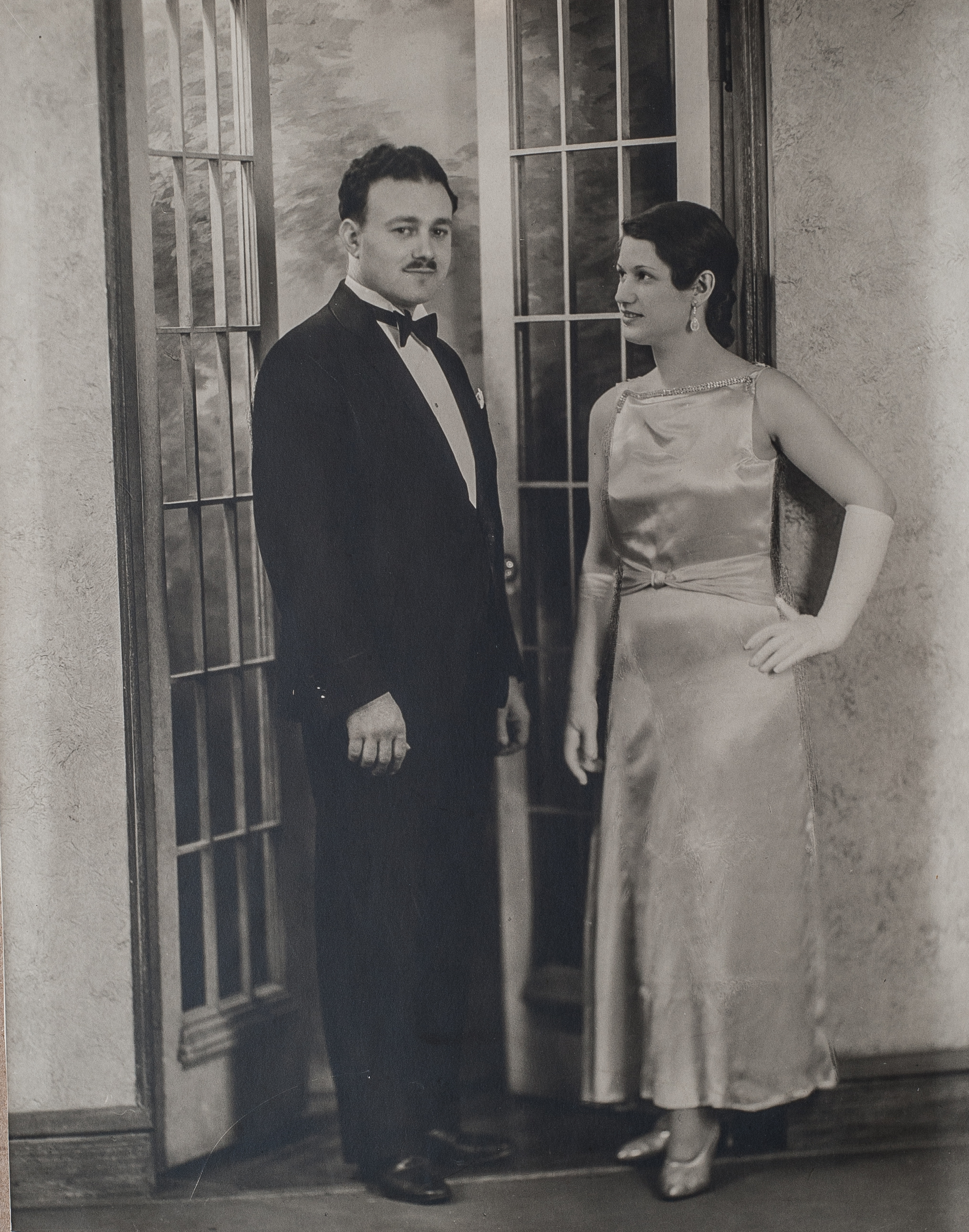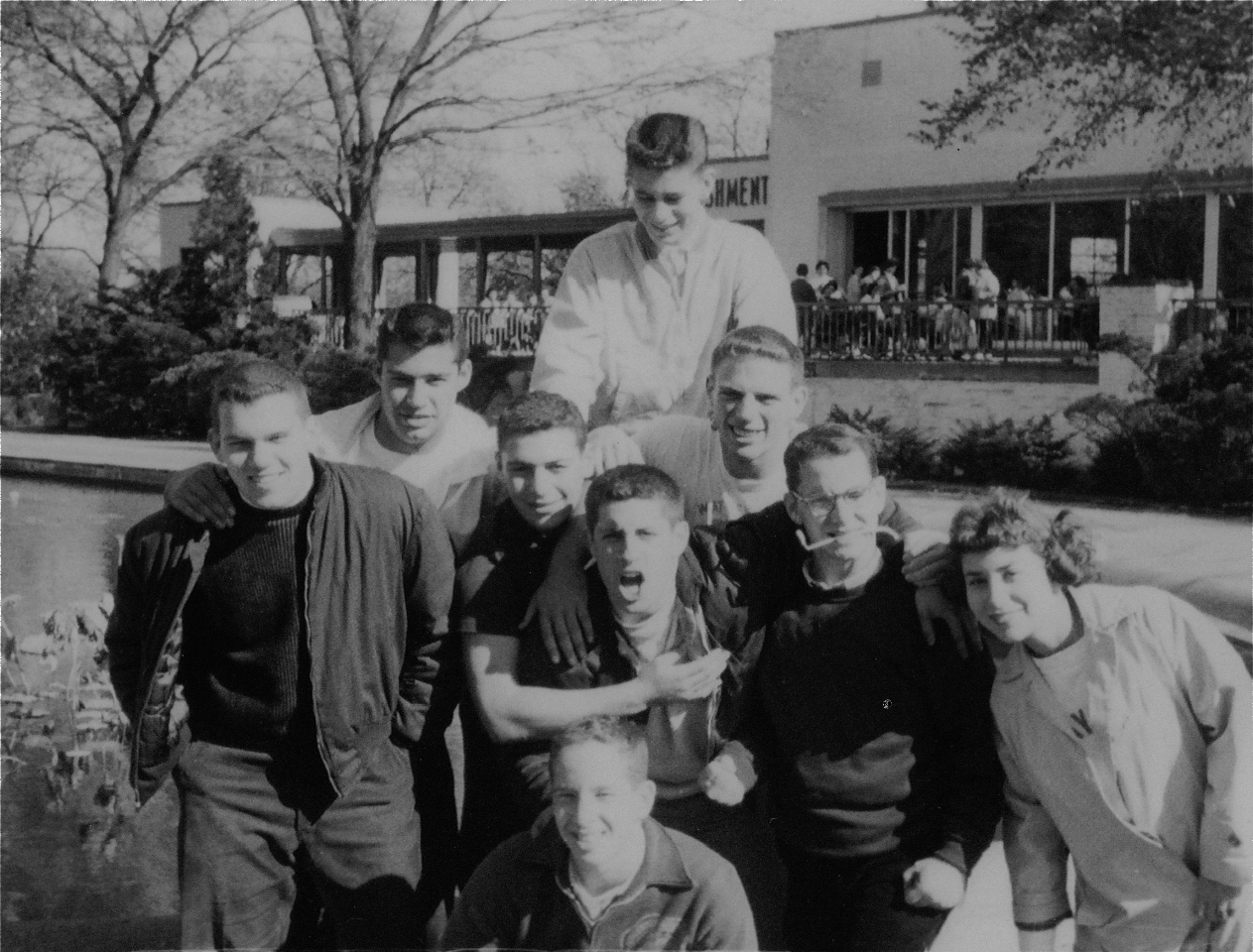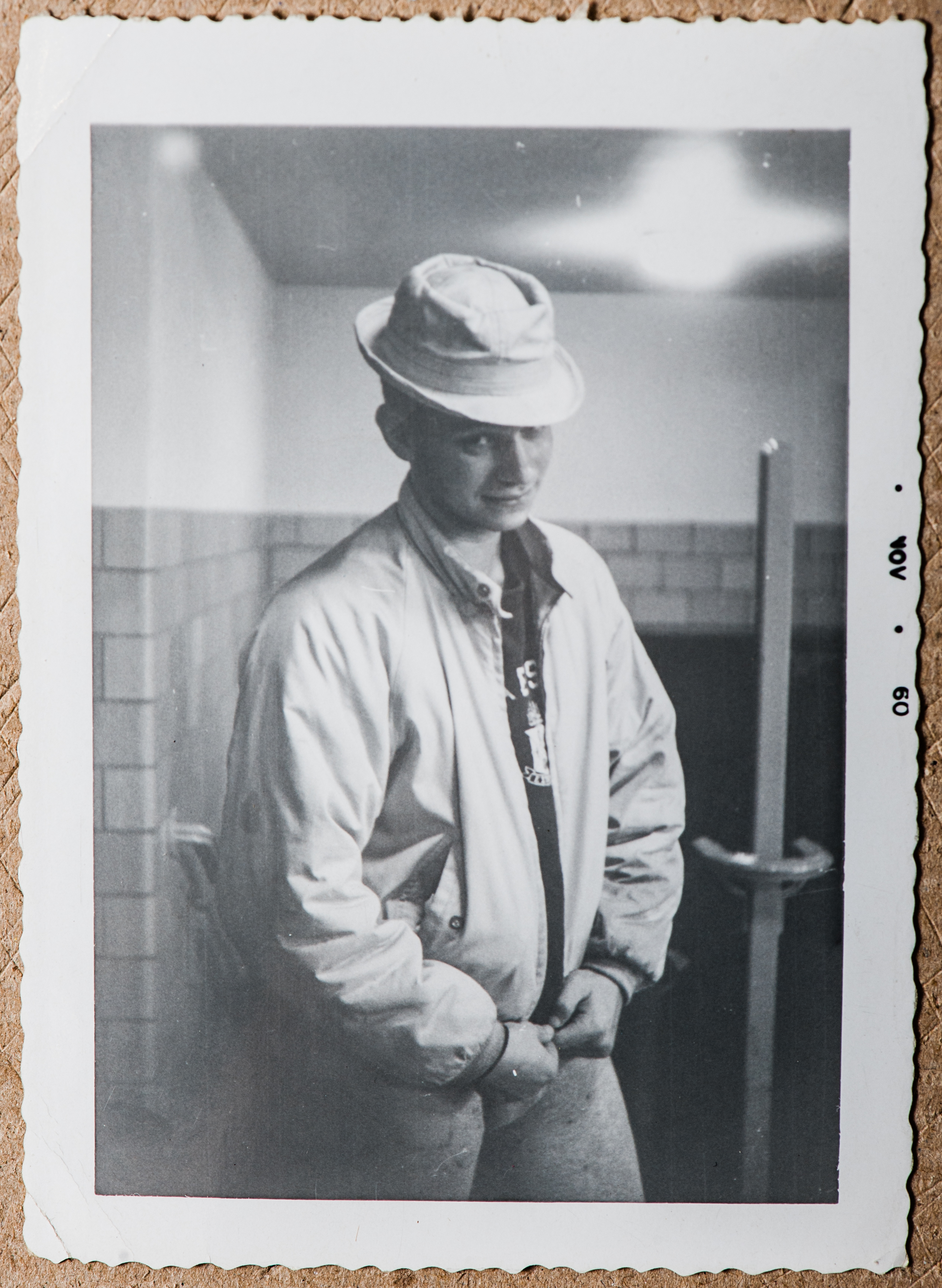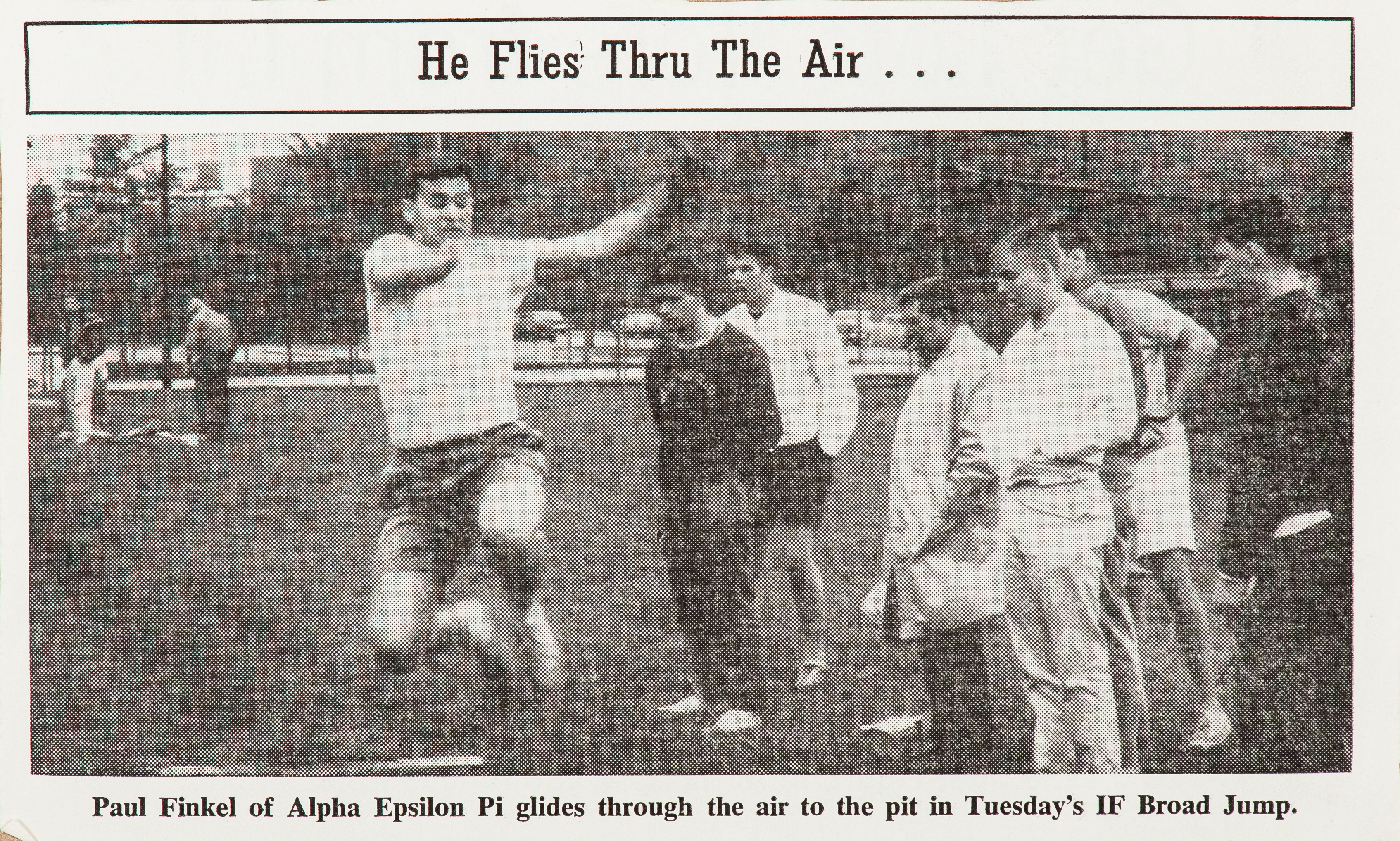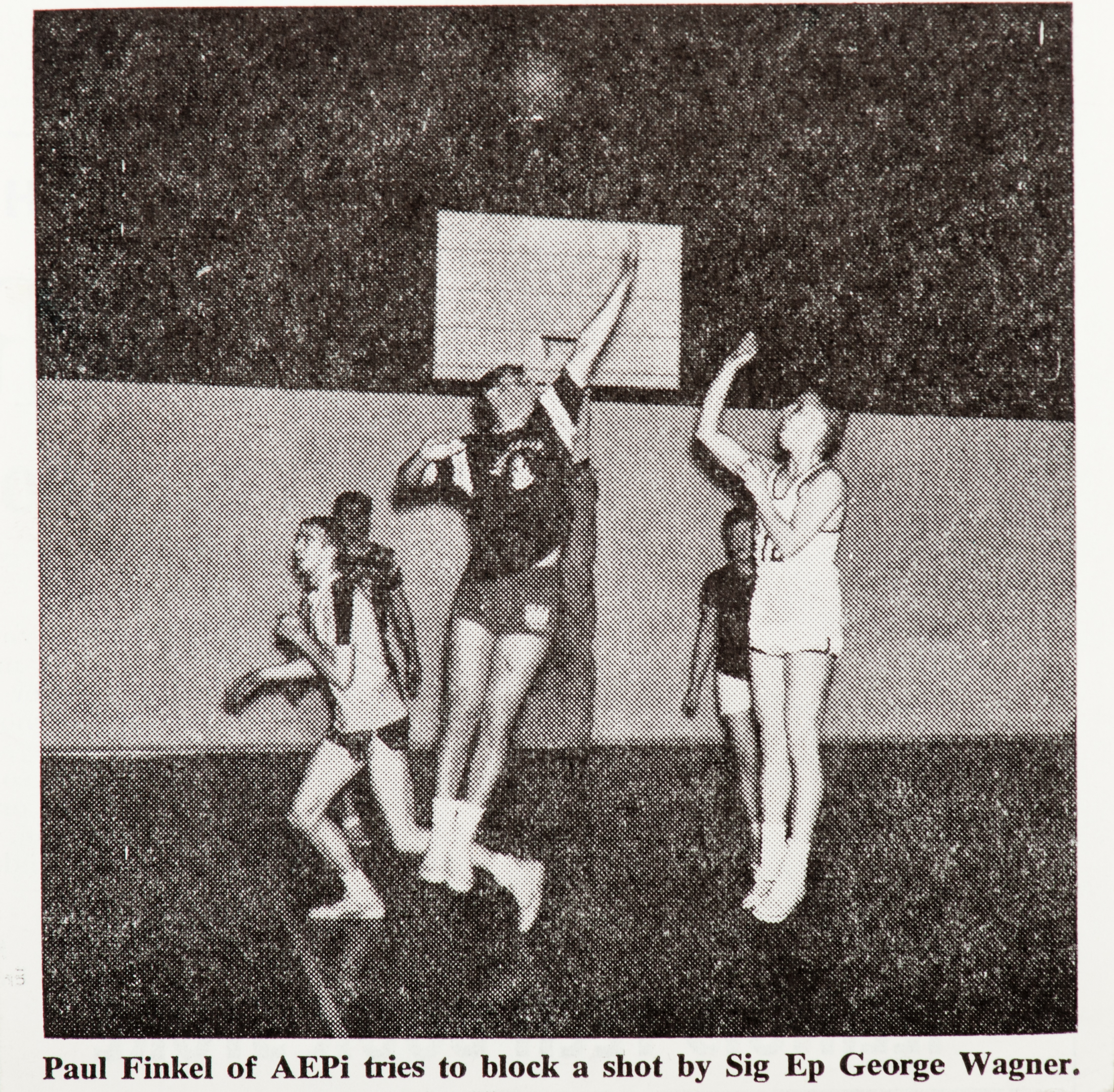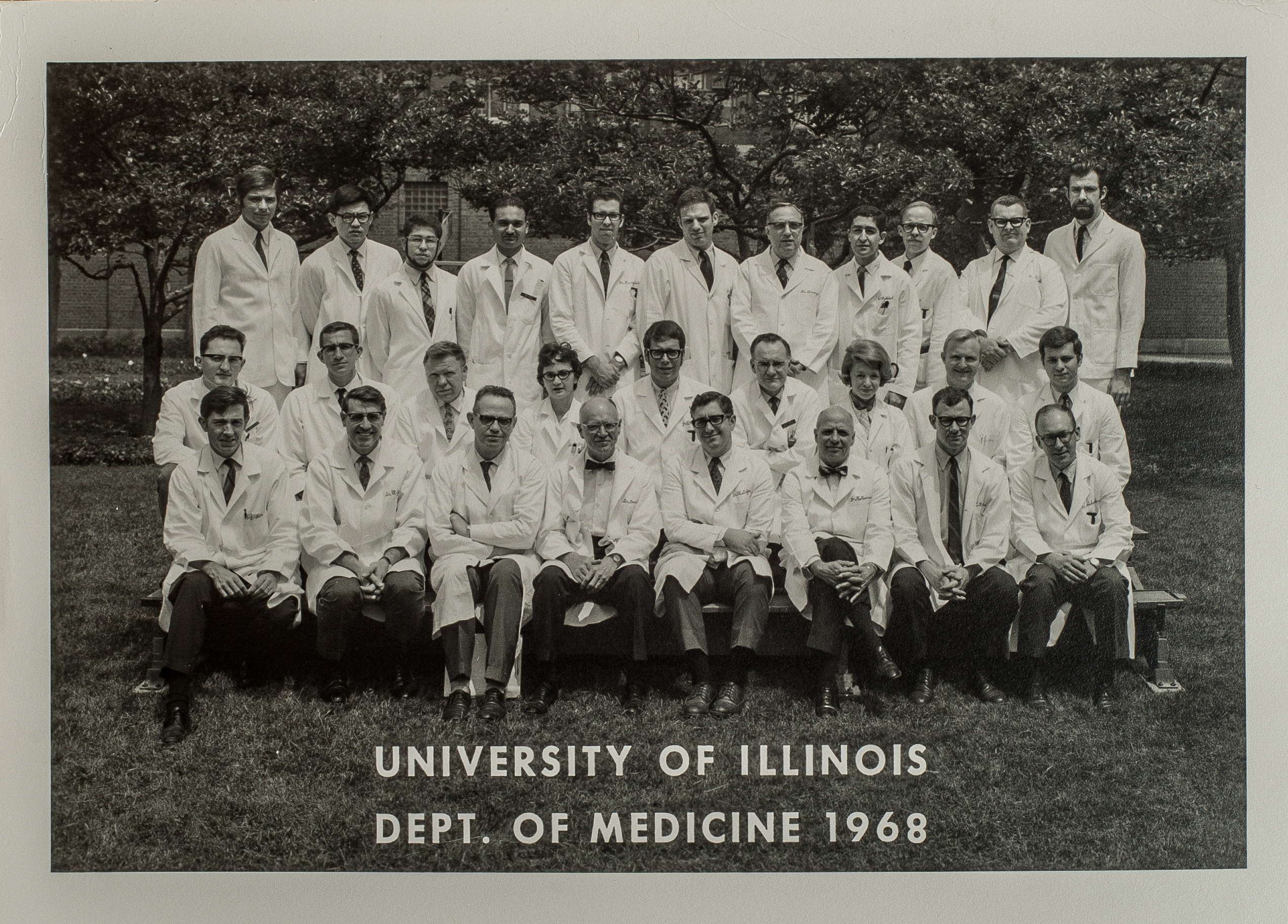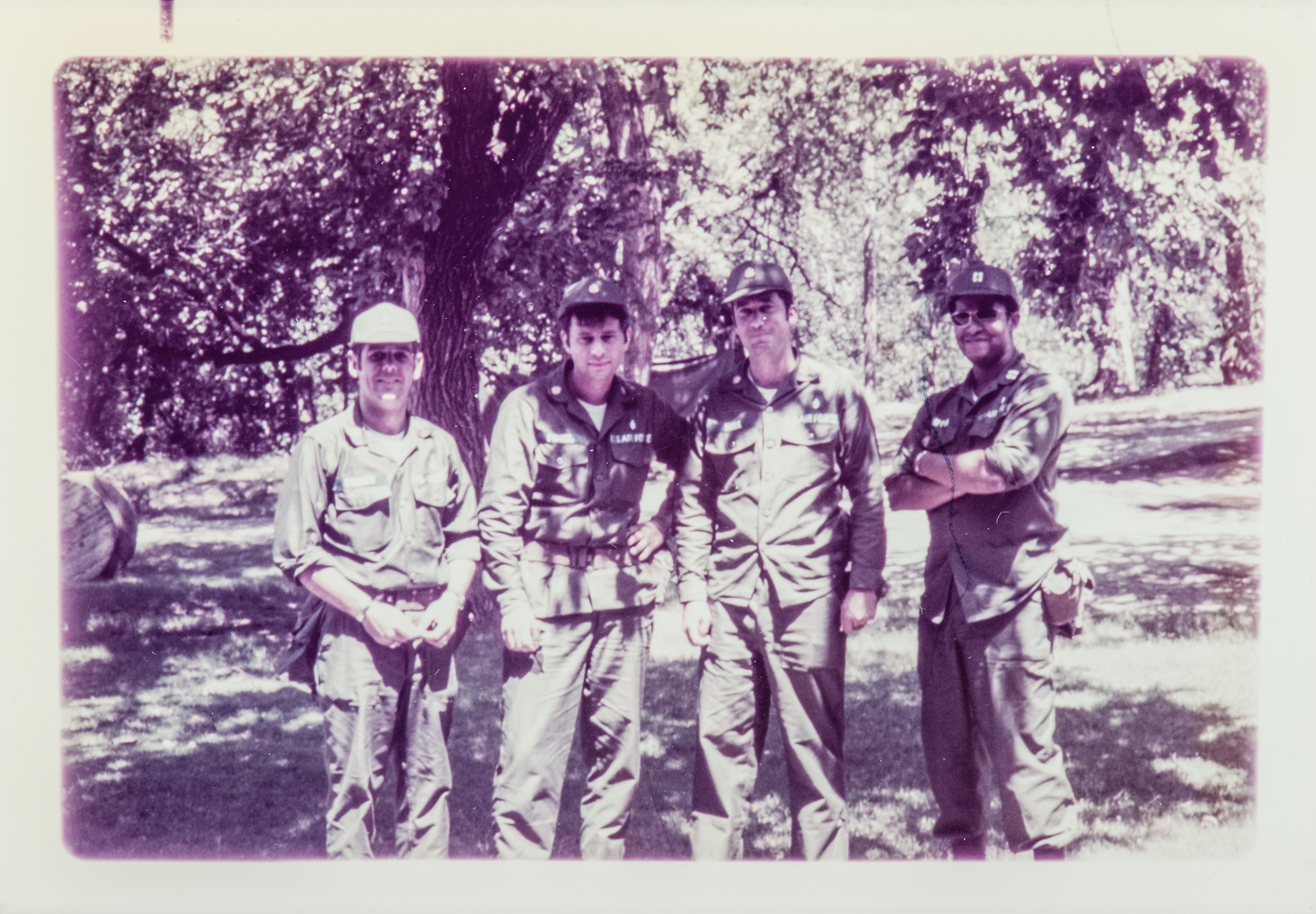Dr. Paul Finkel – This Is Your Life!
Join us on a journey through the life of our honoree, Dr. Paul Finkel. This extraordinary man has led a life full of fascinating experiences and accomplishments. Now you can get to know a little more about the man in a 3-part series we will share as we lead up to the big event, Reflections – The Gala Honoring Dr. Paul Finkel.
Part I: Whiz Kid
Intellectual and cultural interests were part of the Finkel household in Chicago, where Paul was raised, the middle of three children. Both of his parents were attorneys, and although his mother didn’t practice law, she assisted her husband in his practice.
As you might expect, Paul was a very bright child and skipped a couple of grades in school. This meant he was usually a head shorter than his classmates, but around the age of 6 or 7 he discovered sports, a true love of his and another thing he excelled in. It was the perfect way to enter the fraternity of boys, and male bonding was just what he longed for.
Paul had an artistic bent from a young age and recalls coloring and painting with wild and crazy colors as a child. He loved paint-by-numbers, and was particularly attracted to images of water, skies and trees; anything in blues and greens. If you know Paul’s art today, none of this comes as any surprise! Despite encouragement from two art teachers, Paul didn’t pursue art training more seriously because his heart was in science and sports.
High school ushered in a whole new social world, which became very important to Paul, joining social and athletic fraternities and clubs, becoming president of his senior class and president of the national honor society, as well as officer positions in two other student organizations. He also lettered in track and was very involved in intramural and club sports. Being a jock, popular, and a “brain” was very helpful in aiding Paul with another evolving interest he discovered in high school: girls!
Paul’s all-around excellence became well known when he was selected as one of the top 10 most outstanding high school graduating students in the Chicago-land area. He earned an academic scholarship to the Illinois Institute of Technology where he followed his brother and intended to pursue studies in chemical engineering. But in the middle of his 3rd year he realized he had no interest in chemical engineering. The problem was that he had no idea what he was interested in, and the school was pressuring him to choose his major.
To help guide him, the Chicago Jewish Vocational Service gave him an aptitude assessment. Unsurprisingly, he had high ratings in science and art, but he also rated equally high in other areas. The good news was they told him he could do anything he wanted. The bad news was they could give him no real guidance.
What was this poor gifted, intelligent, artistic, athletic, popular young man to do?
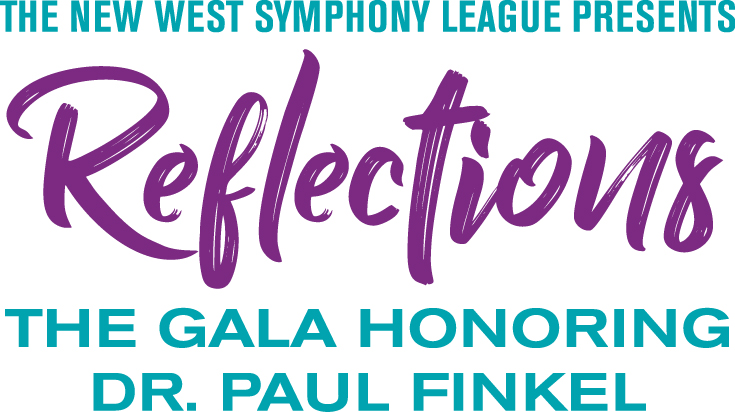
Honor Dr. Paul Finkel and the New West Symphony by attending and sponsoring this gala.
Stephanie Wilson
805.435.2775 or swilson@newwestsymphony.org
Part II: The Flyball That Changed Paul’s Life
Our story left off when Paul was cursed with being a high achiever at many things which left him without clear direction on where he wanted to take his life. He was in his third year of college, hating his declared major and pressure to make a decision. What’s this young man to do? Why, play baseball during the summer, of course!
As Paul recalls in detail, he was in left field, and during that time in the outfield thought about his future. He caught the third out of the inning, a deep fly ball, and in the 8-10 seconds it took him to run from the outfield back to the team sidelines, he devised and answered a pro-con checklist in his head.
Con:
1.Blood
2. Yuck. He didn’t like blood or yuck, and medicine had a lot of both.
3.It would take him a long time to finish.
Pro:
1. For a school project, he had volunteered at the Ruth Lodge Home for Children with Cerebral Palsy, and discovered that he liked it very much.
2. Parents would be happy.
3. Girlfriend would be happy.
4. Her parents would be very happy.
5. His friends would be happy.
6. There would be prestige, and he would make a good living.
7. But what really convinced him was that it combined his love of science and helping people, and both of those were deep in his heart.
And that was it – a flash, but considered, life-changing decision: “I’m going to become a doctor.”
Paul got off to a bit of a rocky start. He applied to all the medical schools in the Chicagoland area, and for his interview with the University of Chicago, he had to meet a doctor in his basement lab. He walked in to see this doctor performing an autopsy, using a power saw to open the chest, exposing all sorts of ‘yuck.’ Paul took one look at that and promptly fainted.
Despite still getting accepted to the University of Chicago, Paul chose the Illinois Medical School in Chicago. It wasn’t easy because of the intense study medical school required for four years , followed by seven more years of post graduate training in internal medicine and then nephrology. There were really long hours, and the start of a family. Most times it was difficult to make ends meet. He was chronically exhausted and the tumultuous 60s with the Vietnam War, the Beatles, Woodstock all barely registered.
Upon completion of his training, Doctor Finkel entered the USAF as a major and was stationed for two years at Scott Air Force base while serving as a consultant in nephrology. During this time he was often involved with the care of troops urgently evacuated from Vietnam and suffering from acute kidney failure resulting from shock associated with war injuries. During the final portion of his tenure, he volunteered for and was involved with the medical care of returning POWs most of whom were captured air force pilots.
One thing Paul got very attached to in the Air Force was living only 10 minutes from the hospital so that he could spend more time at home with his family. Located in Southern Illinois, Scott AFB did not have any of the harsh winter weather that he had experienced in Chicago. The many quality of life issues facilitated a decision to practice and raise a family somewhere in the Southwestern part of the country.
Paul went to the annual kidney conference held in Washington DC during his last year in the USAF where he attended the medical meetings and did job networking. While at the meetings his wife took the last seat on a bus tour of the city where she just happened to be seated next to Patricia Kaye, whose husband Jerry was also a nephrologist and attending the conference. They arranged for their husbands to meet that night. Jerry was the only nephrologist at the new Los Robles Hospital in Thousand Oaks, California. Paul had never been to California and had never heard of Thousand Oaks (he only later remembered it had a number and trees in the name), but Jerry’s description of the excellent medical staff, the beautiful community and a teaching opportunity at the UCLA associated VA program in Los Angeles, was enough for Paul to agree to an interview. He left a freezing cold Chicago in January and on a 70-degree day, as he stood gazing out at the boats on Westlake, he said “this is where I’m going to live and start my practice.” On a handshake, he joined Jerry and they shared a practice for nearly 40 years in this area. Paul also joined the UCLA Medical School faculty at their Adjunct Medical Program at the Sepulveda VA Hospital where he taught for about 15 years.
After catching a deep fly baseball, Paul decided to become a doctor. Because his wife took the last seat on a tour bus, they moved to Thousand Oaks. And because he took his son on a trip to the Arctic, he discovered a new fascination for creative art.
In the next chapter of Paul’s life, learn how he found a new passion and a new best friend in the North Pole.

